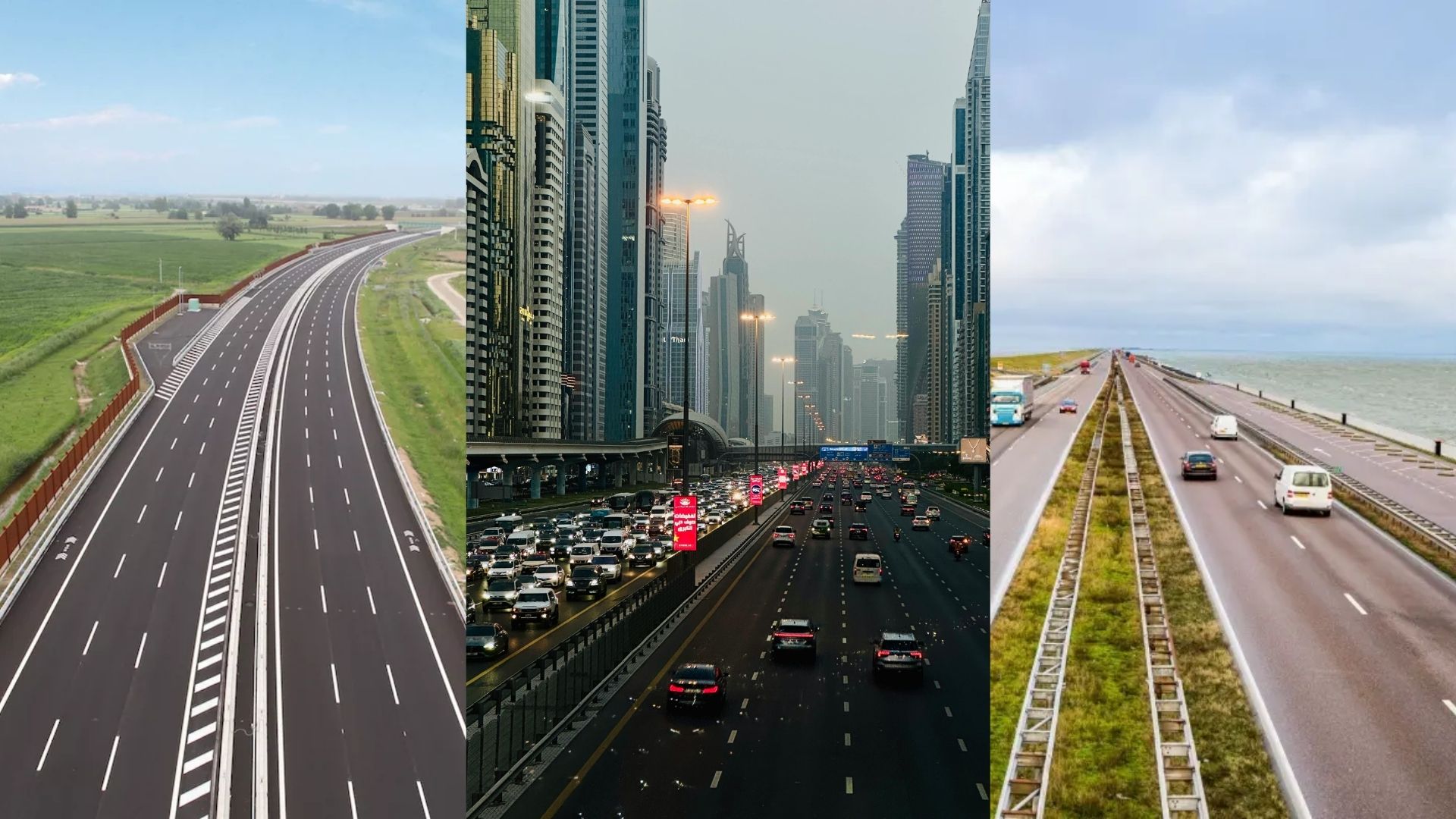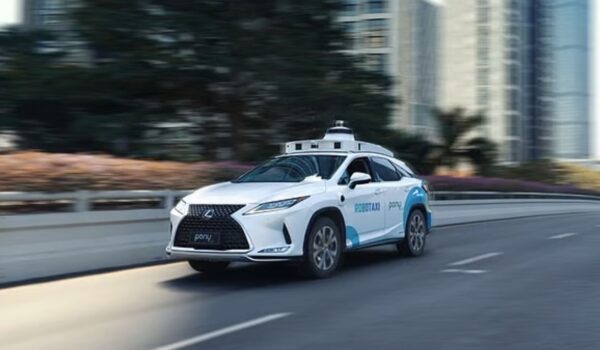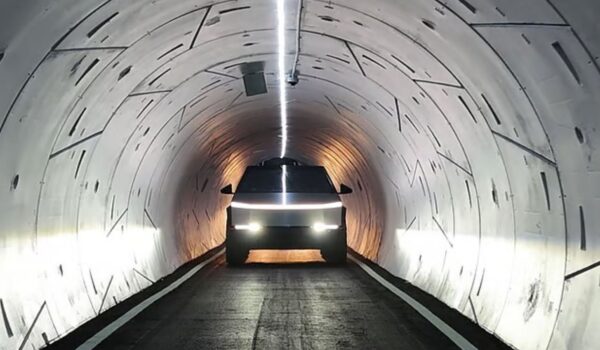
A new study by MIT’s Senseable City Lab shows that simply lowering speed limits is not enough to slow drivers; street design significantly influences driver behavior. Using artificial intelligence to analyze millions of images and vehicle data from Milan, Amsterdam, and Dubai, researchers found that narrow, dense streets naturally reduce vehicle speeds, while wide, open roads with long sightlines encourage faster driving. In Dubai, older districts like Deira and Bur Dubai have physical features that slow traffic, but newer neighborhoods require targeted interventions such as narrowing lanes, planting more street trees, and breaking up long sightlines to improve speed compliance. The AI model used in the study can predict how changes in street design affect driver speeds before construction, enabling cities to design safer, more walkable streets.








